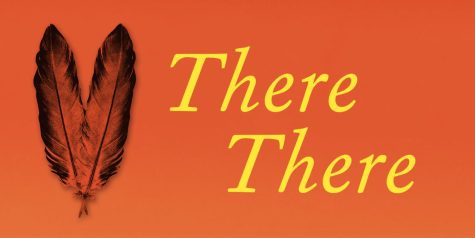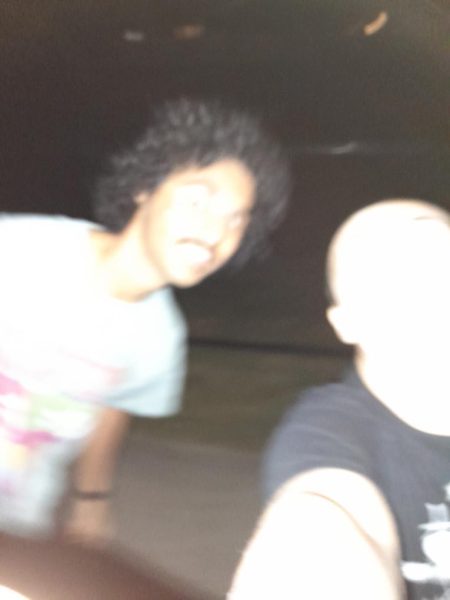‘‘Warriors’’ No More? Massive Changes in School Mascots Occuring in NY State

June 11, 2023
As many students have already heard, there have been rumors of changing school mascots not only in this district but in several other districts across Long Island and New York State itself. The rumors are true, as of mid-April the New York Board of Regents made the push to ban all Native American mascots and team names from every New York district in a unanimous vote. According to CBS, schools will have until the 2024-2025 school year to make the final push to change these mascots and team names or risk losing state support, and therefore losing jobs as a whole.
Why is this a significant issue that so many people seem to be focusing on? According to the New York Post, those who voted for the change to be passed stating that it was something to be done a while ago to fully foster a supportive and open community within the school district. Those who argue against this change make the claims of ‘‘learning from history instead of destroying it’’ and to ‘‘focus on more important issues’’ such as the standards of education at these school districts following the Covid-19 crisis that left many students learning from home. Although both sides have their points as well as their downfalls, a history lesson would be suitable to realize the full scope of this argument.
‘‘There There’’ is a novel by American novelist Tommy Orange (who has citizenship in both the Cheyenne and Arapaho Tribes) which documents the story (in an almost anthological sense) of several characters of Native American descent and their struggles in urban living (mostly centered in Oakland, California). As the book progresses, the reader sees an increasing rate of overlap between the individual stories of all these characters until their journeys all collude in one path, one destiny. Significant themes centered around being close to one’s roots (and if not close, at least informed), sticking with those who are closest to prevent self-sustaining isolation, and motivating yourself to do things you want to do but see challenges in doing so. There are also lessons learned through the bad actions characters partake in (mostly those who are more street affiliated and tend to see more violence in their day-to-day lives) that state the consequences of living in such ways. This is not the relevant part though, simply an enthusiastically written book skim for someone who is not being held at gunpoint by their club advisor, but I digress.
The history that is relevant to this news can be found at the very beginning of the book, as it begins with telling the story of the image of the Native American head. Historically, the head of a Native American used to be prized and saved in jars for people to pay and see, kicked around in the streets like soccer balls, and even put on pikes in the streets for people to see (which was especially common during from the 17th to mid-late 19th century). A long list of abuses can be recounted from the historical recap at the beginning of the book as well as throughout the book, as the Indian Head Test Pattern that was displayed on the TV from the early 20th century up until the rise of colored TV in the 1960s. It was utilized to calibrate the TV’s utilizing a crosshair that would aim at the head of the Native American, which one could see the obvious issue in. King Philip’s (Metacom’s) War was also chronicled, stating how colonists became so greedy for men that push for land became common, which ended up in the hanging of three of Metacom’s men, beginning the war in which Metacom would meet his fate in while the colonists continued to expand for 200 more years. After the end of this colonization, Native Americans would be forced to assimilate (a law that was created as late as the end of the 19th century) or to be expelled (usually through force).
After reading and making oneself aware of this short list of abuses among the exhaustive hundreds of events that have occurred against Native Americans, this is a significant change and step forward that should have been made years ago. While some claim ‘‘far-left wokeness’’ or ‘‘unimportant issues’’, this is a historical gain for the amends that have been long overdue for the Native American communities not only in New York but in the United States as a whole, as they have been the first and oldest groups to have been oppressed in North America without any sort of condolence being offered outside of minute land giveaways or other menial sorts of ‘‘reparations’’ offered, which truly does not help the case of many Native Americans suffering from poverty in the modern day. Hopefully, this will serve to act as a social stepping stone, but more importantly, a sign that things can change in this new century.

